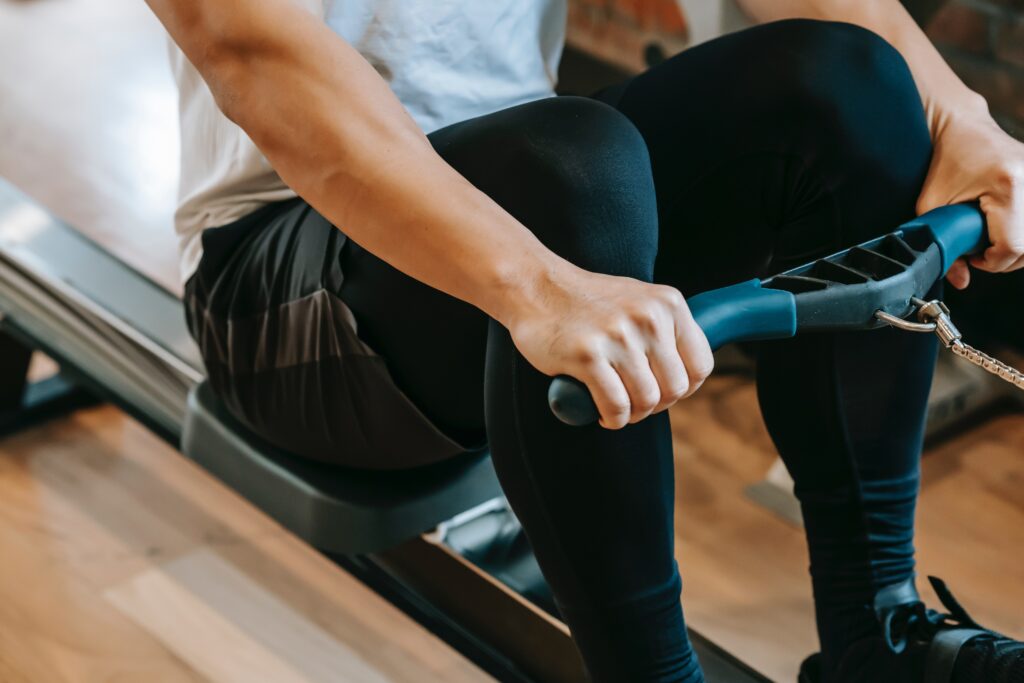Diagnosing and Treating Hip Pain When Sitting
Introduction
Do you experience hip pain when you’re sitting? You’re not alone! Hip pain with sitting is a common problem for many people and can be an extremely uncomfortable and frustrating experience. Let’s explore the causes, symptoms, diagnosis, and treatment options of hip pain while sitting to help relieve your discomfort.
Causes of Hip Pain with Sitting:
There are many causes of hip pain with sitting. One of the most common is bursitis, which happens when a fluid-filled sac (known as a bursa) becomes inflamed due to repetitive movement or prolonged pressure on the joint. Arthritis can also cause hip pain while sitting, as well as weakened muscles in the area, structural issues in the bones, or an injury.
Symptoms of Hip Pain with Sitting:
Some of the common symptoms of hip pain when sitting include a sharp or burning sensation, stiffness in the joint, and difficulty moving around. You may also experience tenderness, swelling, or redness at the site of the pain. These symptoms require unique interventions and understanding what you are experiencing is key.
Diagnosing Hip Pain with Sitting:
If you’re experiencing hip pain with sitting, it’s important to visit your doctor to get a proper diagnosis. Your doctor will ask about your medical history and perform a physical examination, which may include imaging tests such as an X-ray or MRI. A physical therapist will provide a functional diagnosis and help reduce your pain when sitting.
Treatment Options for Hip Pain When Sitting:
Fortunately, there are many treatment options available to help relieve hip pain while sitting. These include physical therapy, anti-inflammatory medications, steroid injections, and even surgery in more severe cases. Your doctor will be able to determine the best course of action for your specific condition. For a conservative approach, physical therapy can guide you through improvement and recovery.
To start today you can try:
- Regular stretches and exercises to increase flexibility around your hip joint.
- Ice and heat therapy to reduce inflammation in the area
- A foam roller or an exercise ball to massage tense muscles
- Yoga poses which involve stretching your hips, such as cobra pose and pigeon pose
- Wearing supportive footwear that cushions the feet and provides arch support
- Investing in a supportive chair that encourages good posture and helps keep your hips aligned
Preventative Measures for Hip Pain with Sitting:
There are also several preventative measures you can take to reduce your risk of developing hip pain with sitting. These include stretching before and after any physical activity, maintaining a healthy weight, wearing comfortable shoes, and using appropriate ergonomic furniture.
When to Seek Medical Attention
If you’re experiencing persistent hip pain when sitting, it’s important to seek medical attention as soon as possible. Your doctor will be able to evaluate your condition and provide the best course of treatment.
Conclusion
Hip pain when sitting can be a debilitating condition, but with the right treatments and preventative measures, you can reduce your risk of developing it. If you are experiencing persistent hip pain with sitting, don’t hesitate to seek medical attention from a doctor. With their help, you can find relief and get back to living a pain-free life.
This article is intended to provide general information about hip pain with sitting, but it should not be used as a substitute for professional medical advice. If you are experiencing any symptoms related to hip pain with sitting, please contact your doctor immediately. They will be able to evaluate and diagnose your condition and provide the best course of treatment for your individual circumstance. Don’t wait to take action; find relief now!

